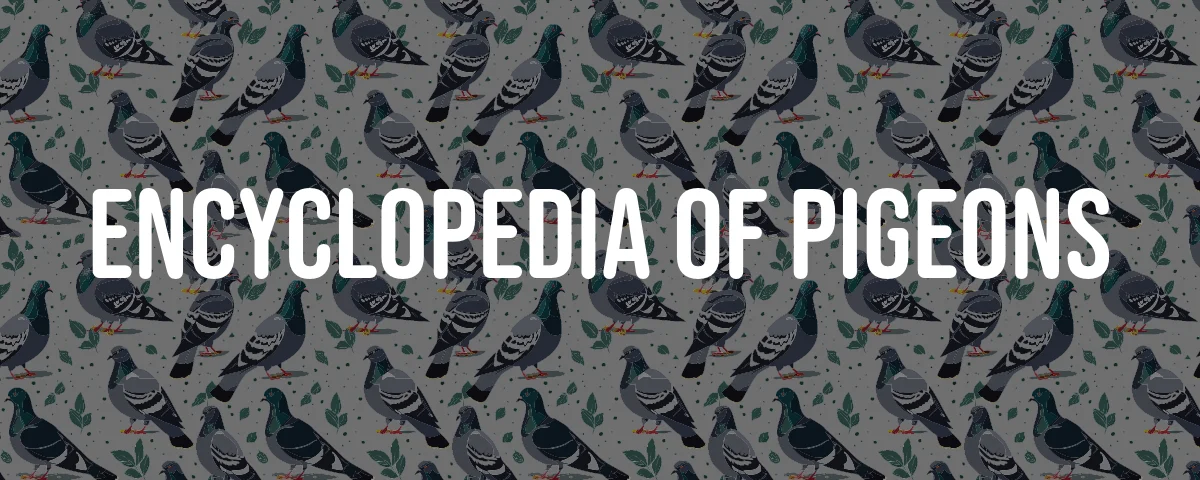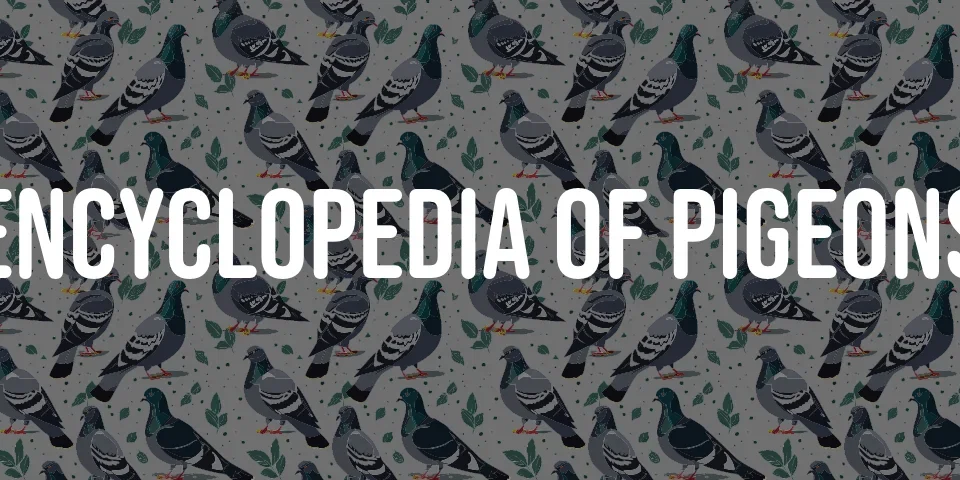The Hana Pouter pigeon is a domesticated variety of the rock dove, Columba livia, known for its distinctive and ornamental appearance. This breed is part of the larger group of Pouter pigeons, which are characterized by their large, inflatable crops. The Hana Pouter, in particular, is valued for its unique aesthetic qualities and has been bred for ornamental purposes.
Origin and History
The exact origin of the Hana Pouter pigeon is not well-documented, but it is known that Pouter pigeons have been bred in Europe for at least 400 years. The Hana Pouter is believed to have been developed in the lowlands, as indicated by its alternative name, Hanácky volác, which suggests a connection to the Haná region. The breed has been selectively bred over time to enhance its distinctive features, particularly the large crop that is a hallmark of the Pouter group.
Physical Characteristics
The Hana Pouter pigeon is recognized for its large, swollen crop, which it can inflate, and its overall elegant appearance. This breed stands out among Pouter pigeons for its particular coloration and body structure.
Key Data
| Feature | Description |
|---|---|
| Average Height | Approximately 16 inches |
| Body Type | Slim, with an upright carriage |
| Crop | Large and inflatable |
| Legs | Strong, high-stepping with a notable length |
| Head | Dove-shaped, small in proportion to the body |
| Wings | High, thin, and close to the body |
| Colors | Black, blue barred or barless, red, yellow |
| Markings | Colored head, bib, back, wings, and tail |
Appearance and Behavior
Hana Pouters are known for their calm and quiet demeanor, behaving well most of the time. They carry themselves with grace and dignity, contributing to their aristocratic appearance. Their physical appearance is striking, with slim bodies and oversized height compared to other pigeon varieties. The breed’s eyes are complex and can be susceptible to diseases, with high-quality pigeons expected to have vivid black pupils.
Breeding and Care
Breeding Hana Pouters requires attention to their specific needs, particularly regarding their large crops, which can be prone to issues such as food rotting if not properly cared for. They are not strong flyers, so while they do not require extensive flying space, they benefit from good-sized flight pens for exercise and well-being. The care of their feathered legs, which some Pouter breeds possess, can also be a consideration for breeders.
Role and Use
Traditionally, Pouter pigeons, including the Hana Pouter, have been bred for exhibition and ornamental purposes rather than for utility. They are often showcased in pigeon shows and are appreciated for their unique aesthetic qualities. The Hana Pouter is also kept by enthusiasts who value the breed’s personality and distinctive appearance.
Interesting Facts
- Pouter pigeons, as a group, are among the oldest of pigeon breeds.
- The Hana Pouter’s ability to inflate its crop is a behavior used in courtship displays and is a key feature in pigeon shows.
- Despite their ornamental nature, Pouter pigeons like the Hana Pouter are descended from the rock dove, the same species as the common street pigeon.






